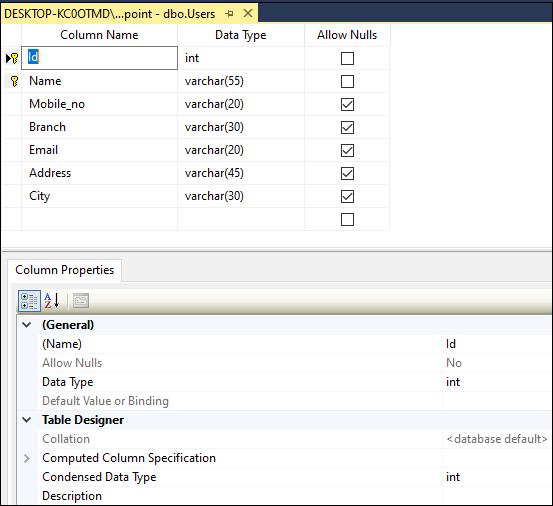

See the "Getting Information about Databases andTables" section later in this chapter to find out how to tell which types agiven server actually supports. (From 3.23.29 through 3.23.36, theInnoDB table type was known as Innobase thereafter, InnoDB is the preferredname, though Innobase is recognized as a synonym.)īecause MySQL can be configured in different ways, it's quite possiblethat a server for a given version of MySQL will not support all table typesavailable in that version. MRG_MyISAM andBerkeleyDB are synonyms for MERGE and BDB. The firstnumber indicates when the table type appeared in binary distributions, thesecond when it became available in source distributions. Two version numbers are listed for BDB and InnoDB. The currenttable type handlers and the versions in which they are first available arelisted in the following table: The table typesactually available to you will depend on your version of MySQL, how it wasconfigured at build time, and the options with which it was started. MySQL supports multiple table handlers, each of which implements a table typethat has a specific set of properties or characteristics. But beforediving into the details for these statements, it's helpful to understandsomething about the different types of tables that MySQL supports.

The CREATE INDEX and DROP INDEXstatements allow you to add or remove indexes on existing tables. MySQL allows you to create tables, drop (remove) them, and change theirstructure using the CREATE TABLE, DROP TABLE, and ALTERTABLE statements. Learn More Buy Creating, Dropping, Indexing, and Altering Tables SQL in 24 Hours, Sams Teach Yourself, 7th Edition


 0 kommentar(er)
0 kommentar(er)
